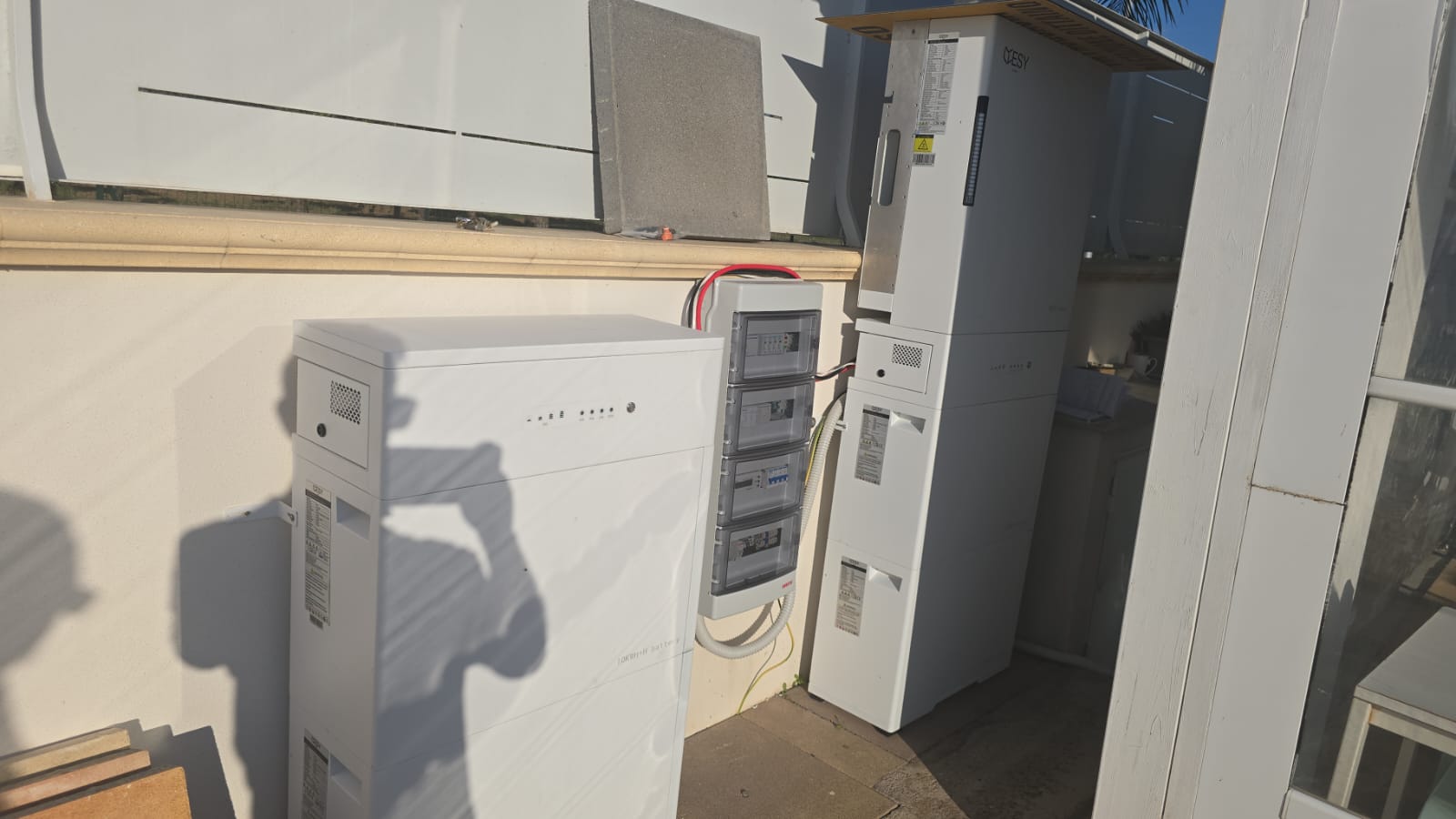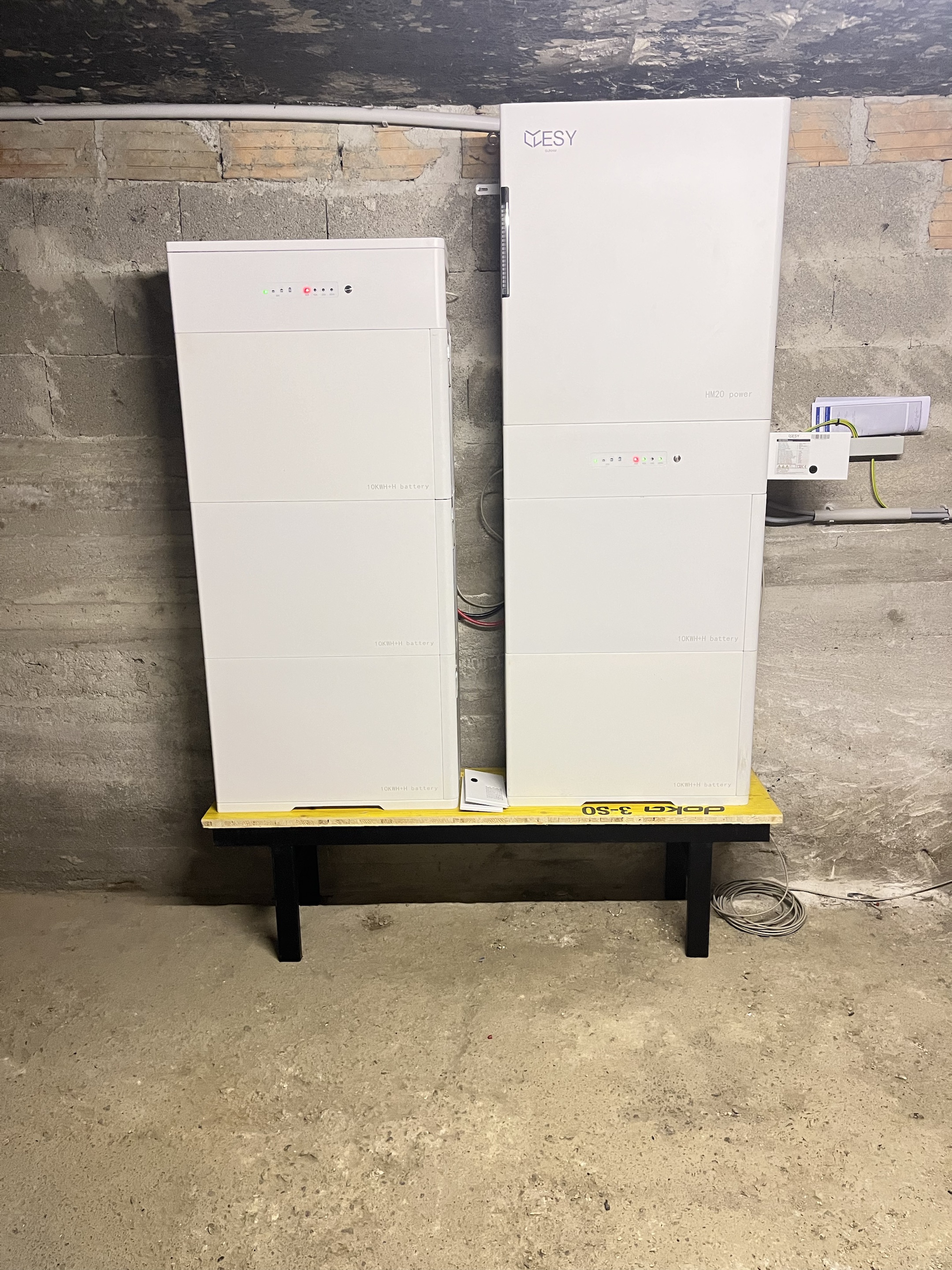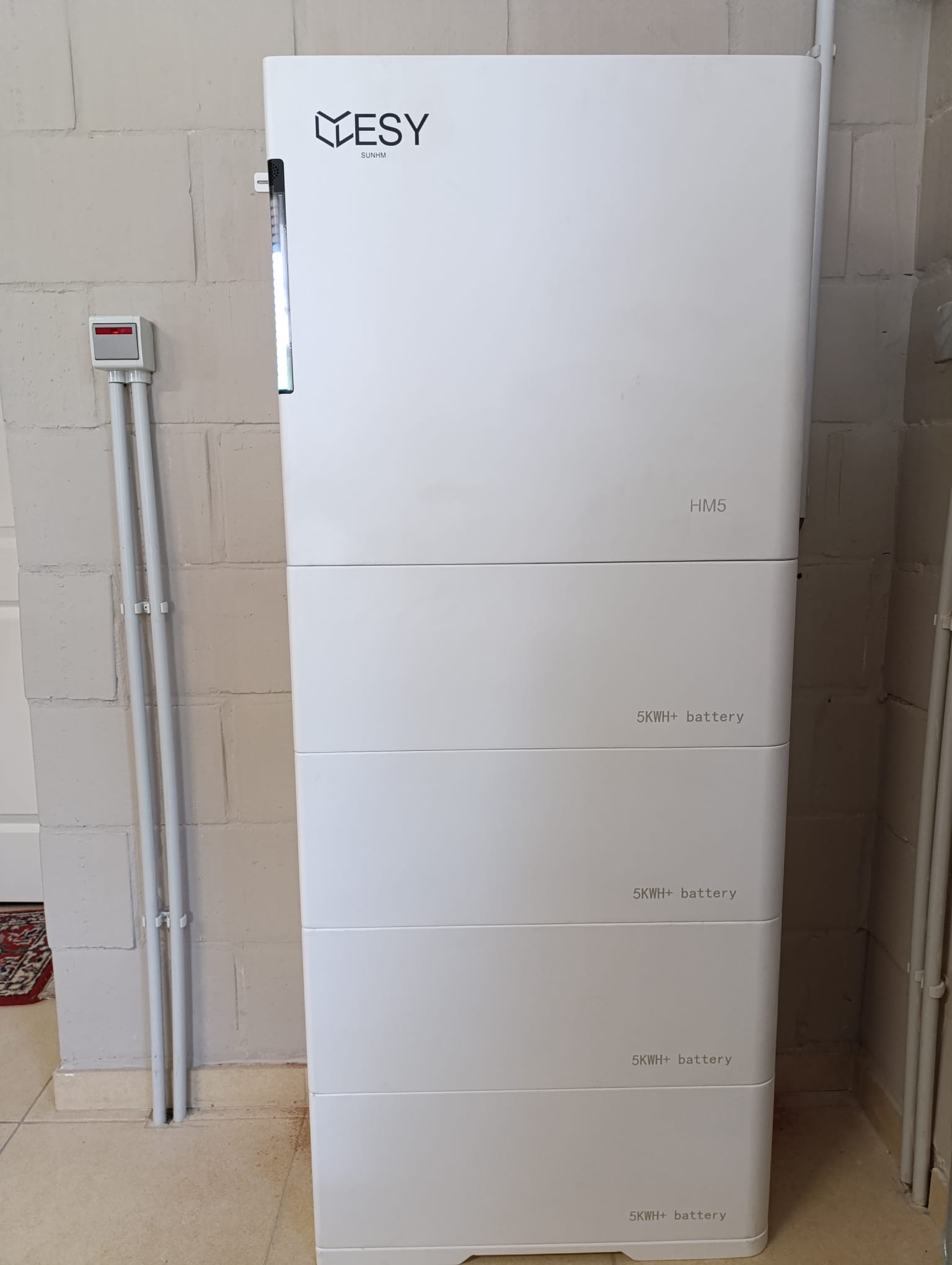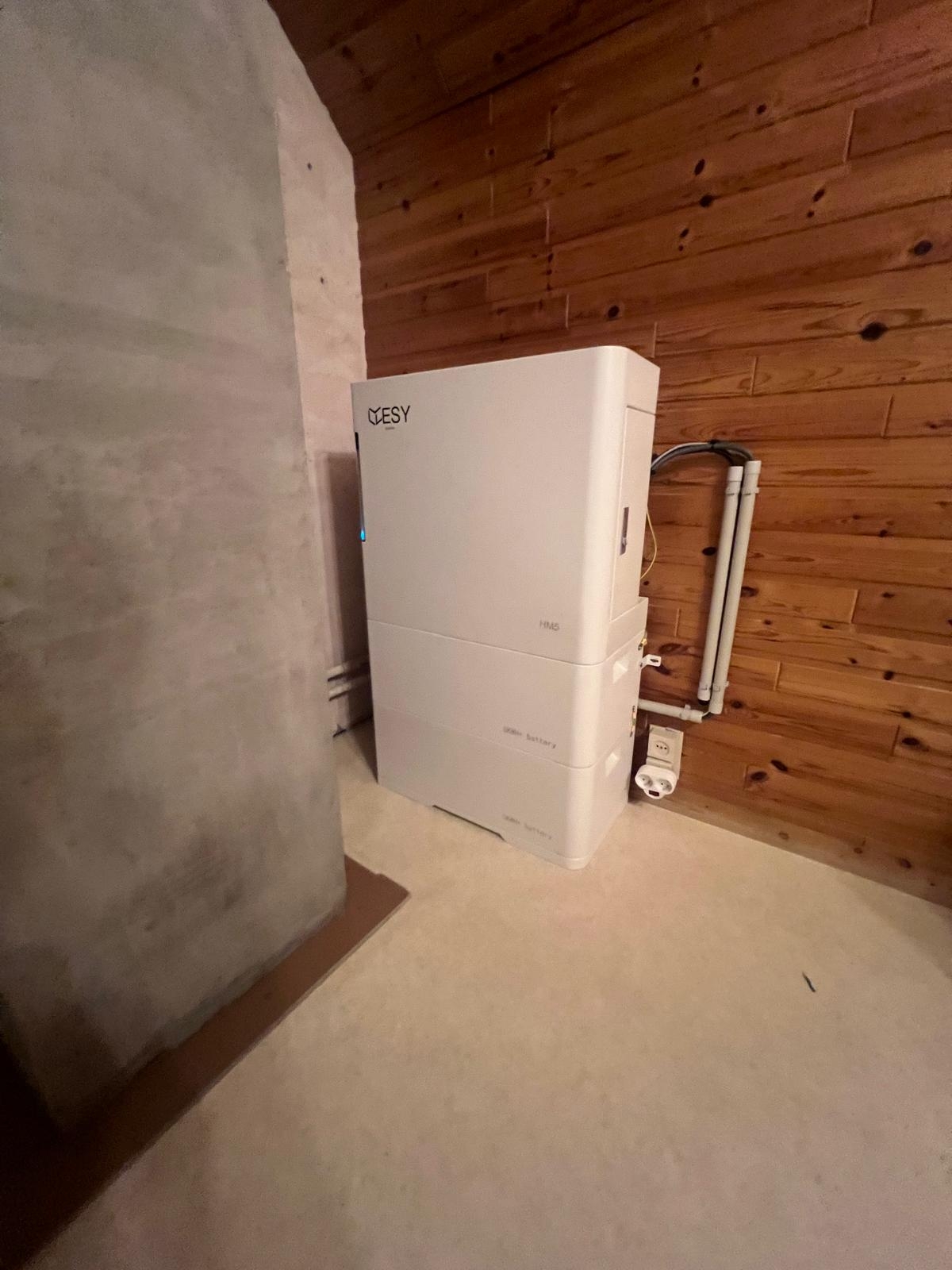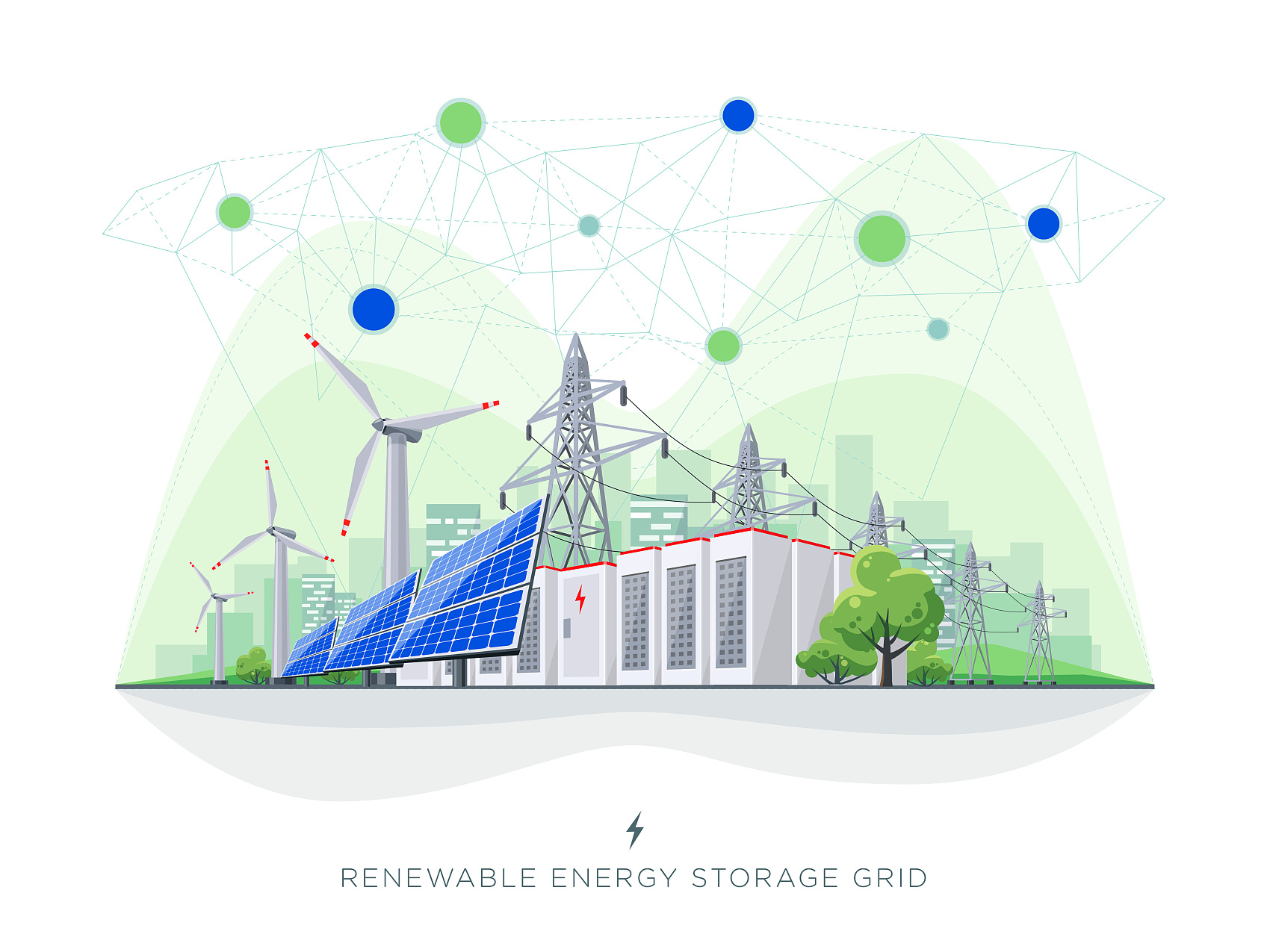
In our modern era, with a focus on environmental sustainability and technological progress, there's a rising demand for clean energy. Solar power, derived from sunlight, is considered a promising solution to address our energy challenges. However, because sunlight availability fluctuates, combining solar panels with battery storage has emerged as a popular solution.
The photovoltaic energy storage system, as a renewable energy solution, has garnered attention for its efficient utilization of solar energy. However, connecting it to the grid and ensuring its effective operation pose significant challenges. As more storage systems are integrated into the grid, utility companies face increased pressure. The electrical quality of solar power generation must meet higher standards, and the grid needs to possess the capability to regulate and manage distributed photovoltaic energy storage systems.
The Australian government is introducing new industry regulations mandating stringent requirements for grid security. As part of the regulatory reforms for smart grid system supervision, all solar systems are required to comply with IEEE 2030.5:2018 and CSIP-AUS restrictions. Moreover, in this market, many state governments have enforced mandates for photovoltaic energy storage systems to meet these standards. Currently, the mainstream methods for implementing IEEE 2030.5 involve either purchasing meters from third-party companies or developing external hardware internally. Third-party meters entail higher costs, while internally developed external devices incur additional installation and maintenance expenses, and come with a hefty price tag.
In this context, the ESY SUNHOME team conducted market research and leveraged its advanced Internet of Things (IoT) platform development capabilities to directly connect to the grid server via the cloud. This approach eliminates the need to purchase third-party meters or additional hardware devices. By adopting this solution, costs and installation time are reduced, making it more efficient and convenient. The industry widely recognizes this efficient solution, and ESY SUNHOME has pioneered the industry in enabling intelligent management and control of photovoltaic energy storage systems.
Innovation and technological breakthroughs have always been the driving force behind ESY SUNHOME's pursuits. ESY SUNHOME continuously increases its investment in research and development while maintaining a keen market insight. We are committed to providing more reliable, intelligent, and efficient power solutions, leading the industry's technological development direction. Our goal is to consistently deliver clean, efficient, and sustainable energy solutions to our users.
